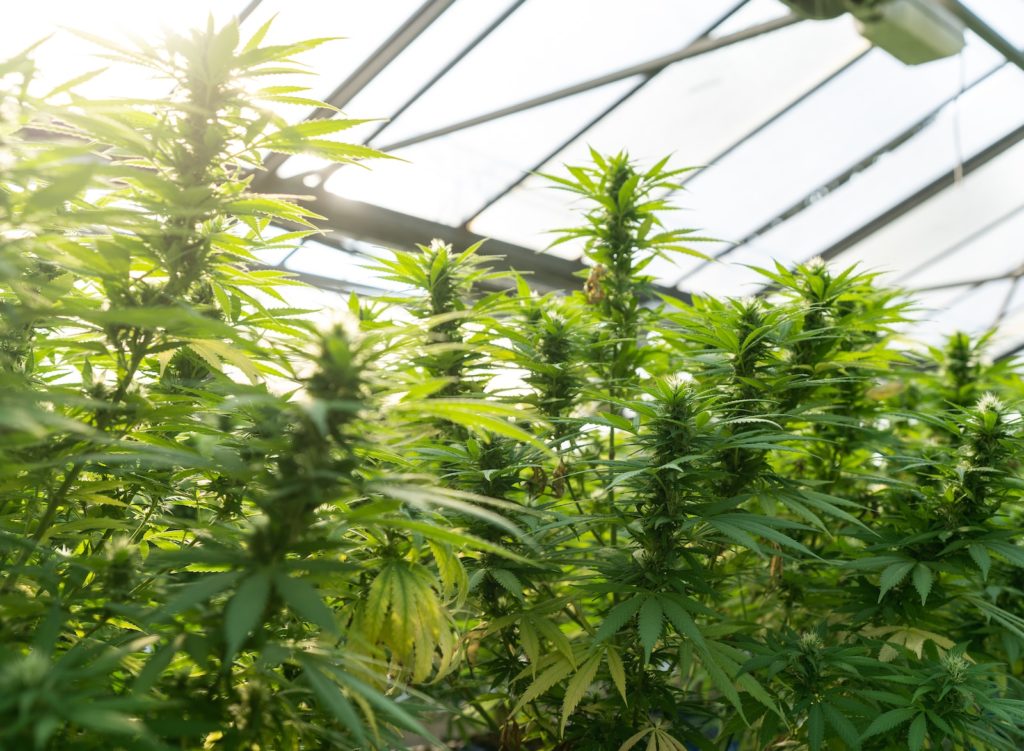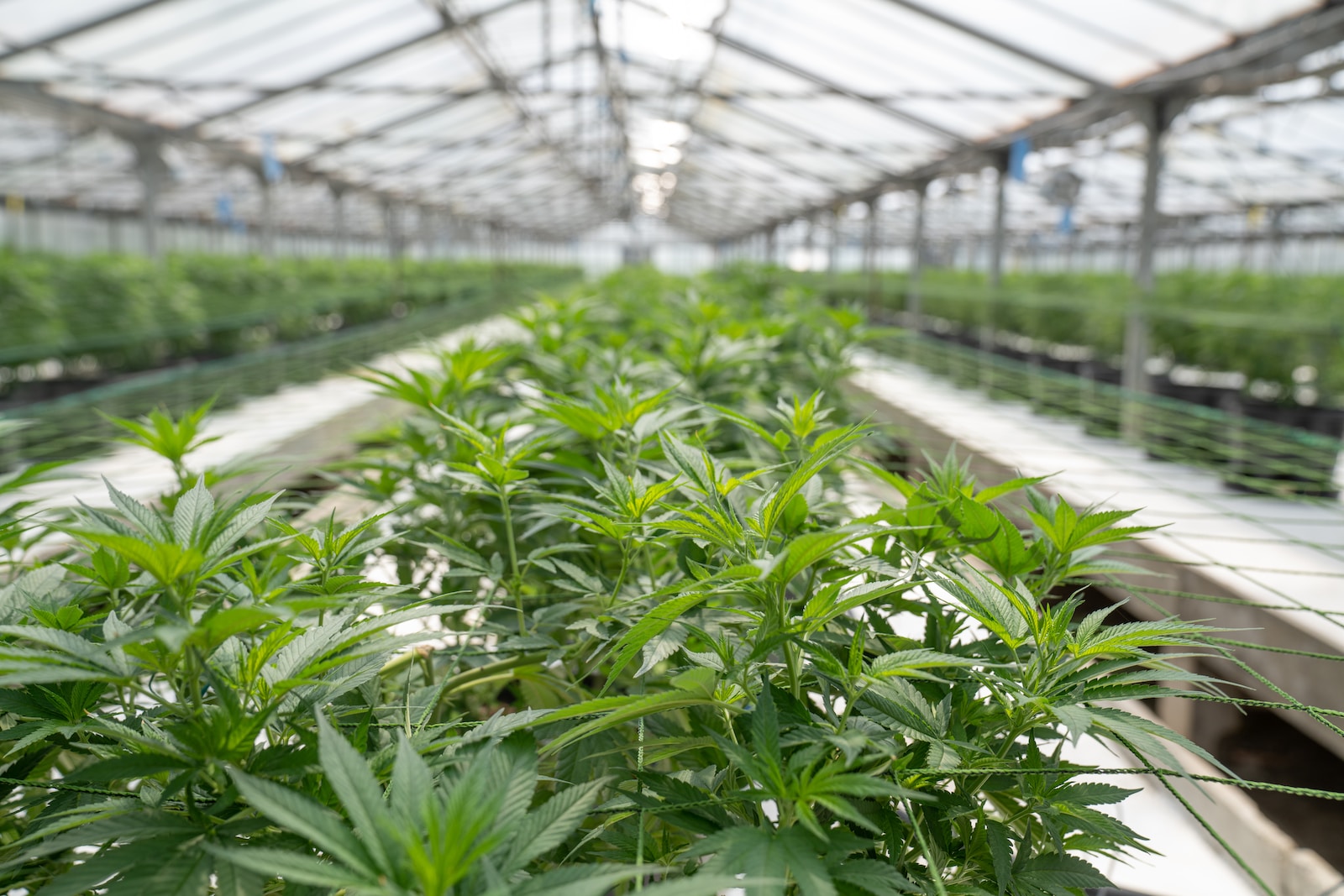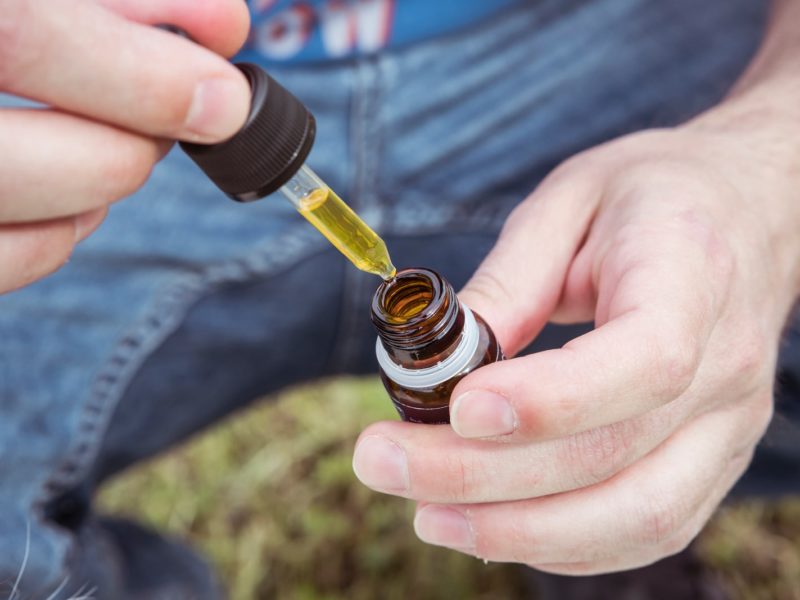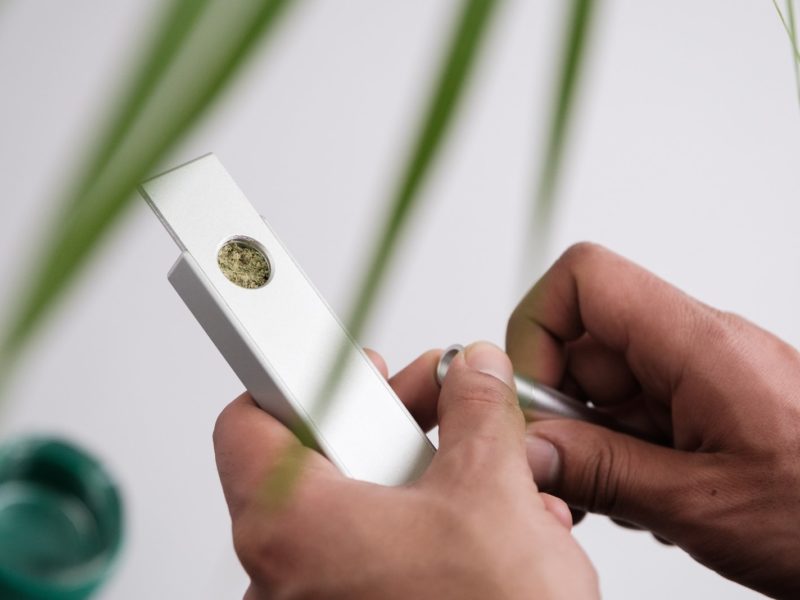Cannabis, a plant known for its versatile uses, has been a topic of curiosity for many. One question that often arises is, “Does cannabis grow naturally in the US?” In this informative article, we will delve into the intriguing world of cannabis cultivation in the United States. From its historical roots to modern-day practices, this article will provide a detailed exploration of the topic.

Cannabis in its Natural Habitat
Cannabis, scientifically known as Cannabis sativa, is native to Central Asia but has spread to various parts of the world, including the United States. It thrives in a range of climates and can indeed be found growing naturally in certain regions of the US.
The Ideal Conditions
Cannabis prefers temperate climates with well-drained soil and ample sunlight. This plant can be found growing naturally in states like California, Oregon, and Hawaii, where these conditions are met.
Wild Cannabis Varieties
Several wild cannabis varieties can be spotted in the US. These resilient plants have adapted to their local environments and can be considered native in some cases.
Historical Significance
To truly understand if cannabis grows naturally in the US, we must delve into its historical significance. Cannabis has a rich history dating back centuries.
Native American Usage
Historical records show that Native American tribes used cannabis for medicinal and ceremonial purposes. This suggests that cannabis was indeed growing naturally in the US long before modern cultivation practices.
Early European Colonization
When European settlers arrived in North America, they documented the presence of cannabis plants growing wild. This further supports the idea that cannabis is not a recent introduction but has been a part of the US landscape for centuries.

Modern Cultivation
While cannabis may have grown naturally in the US historically, modern cultivation practices have significantly evolved. Let’s explore how cannabis is grown today.
Legalized Cultivation
With changing laws and regulations, cannabis cultivation has become a legal industry in many states. This has led to the establishment of sophisticated cultivation facilities that produce high-quality cannabis.
Indoor vs. Outdoor Cultivation
Cannabis can be grown both indoors and outdoors. Understanding the differences between these methods is crucial for today’s cultivators.
The Role of Technology
Modern cultivation involves the use of advanced technology, including hydroponics and automated systems, to optimize growth conditions.
FAQs
Q: Is it legal to grow cannabis at home in the US?
A: The legality of home cultivation varies by state. Some states allow it for personal use, while others do not.
Q: Can cannabis grow in all US states?
A: While cannabis can grow in various climates, it may not thrive in extreme conditions. It’s essential to choose the right strain for your region.
Q: How long does it take for cannabis to grow?
A: The growth cycle of cannabis varies by strain but generally takes a few months from seed to harvest.
Q: Are there endangered wild cannabis species in the US?
A: Some wild cannabis varieties are at risk due to habitat loss and human activity.
Q: What is the economic impact of legalized cannabis cultivation in the US?
A: Legal cannabis cultivation has created jobs and generated substantial revenue in states where it’s permitted.
Q: Are there any unique challenges to cannabis cultivation in the US?
A: Challenges include regulatory compliance, pests, and maintaining consistent quality.
Conclusion
In conclusion, cannabis does indeed grow naturally in the US, with a history that dates back centuries. While modern cultivation practices have evolved significantly, the plant’s presence in the US landscape is undeniable. As cannabis continues to gain acceptance and legality, it remains an intriguing topic that combines nature, history, and innovation.



